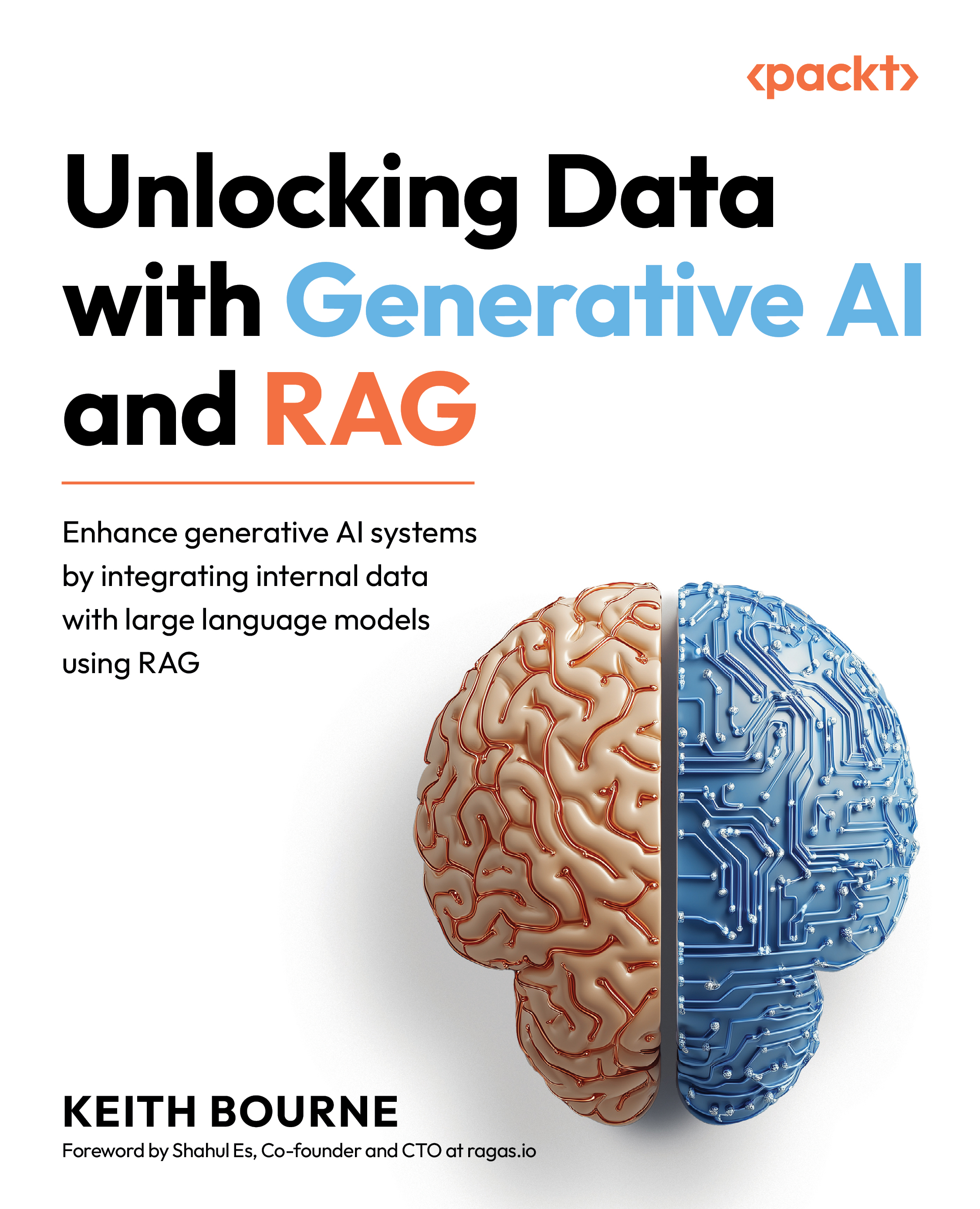To get the most out of this book
Readers should have a basic understanding of Python programming and familiarity with machine learning concepts. Knowledge of natural language processing (NLP) and LLMs would be beneficial. Experience with data processing and database management is also helpful. This book assumes readers have some experience with AI development environments, are comfortable working with APIs, and have experience working in a Jupyter notebook environment.
|
Software/hardware covered in the book |
Operating system requirements |
|
Python 3.x |
Windows, macOS, or Linux |
|
LangChain |
Windows, macOS, or Linux |
|
OpenAI API |
Windows, macOS, or Linux |
|
Jupyter notebooks |
Windows, macOS, or Linux |
You will need access to a Python development environment that supports Jupyter notebooks. An OpenAI API key is required for many of the examples. Some chapters may require additional API keys for services such as Tavily or Together AI, but you will be walked through setting those up in those chapters. A machine with at least 8 GB of RAM is recommended for running the more complex examples, especially those involving LLMs.
If you are using the digital version of this book, we advise you to type the code yourself or access the code from the book’s GitHub repository (a link is available in the next section). Doing so will help you avoid any potential errors related to the copying and pasting of code.































































